I’m well aware that bats won’t win any popularity contests anytime soon. Perhaps though, you’re in my corner, knowing that bats are essential members of healthy ecosystems and that they need our help now more than ever. Media and cultural entertainment continue to portray them negatively even though they don’t deserve their bad reputation.
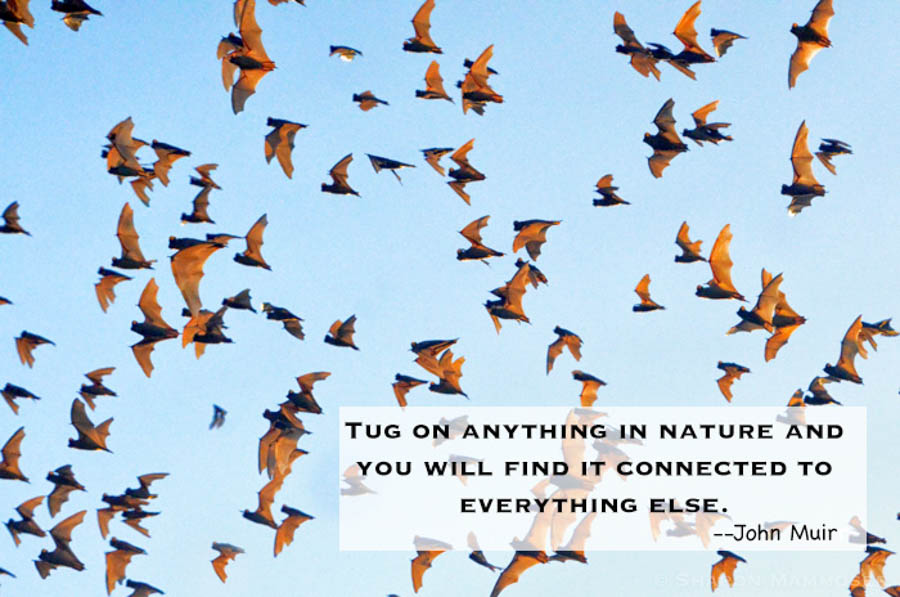
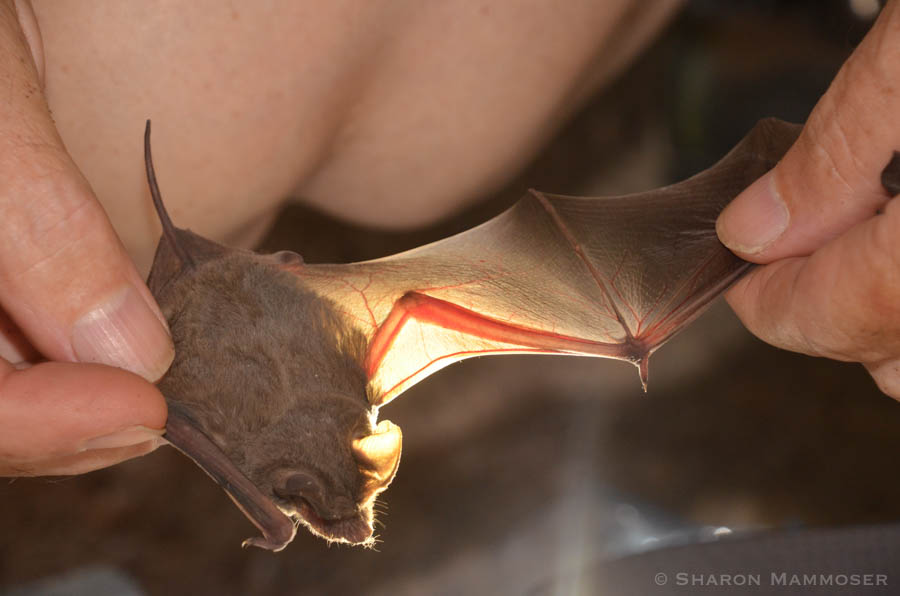

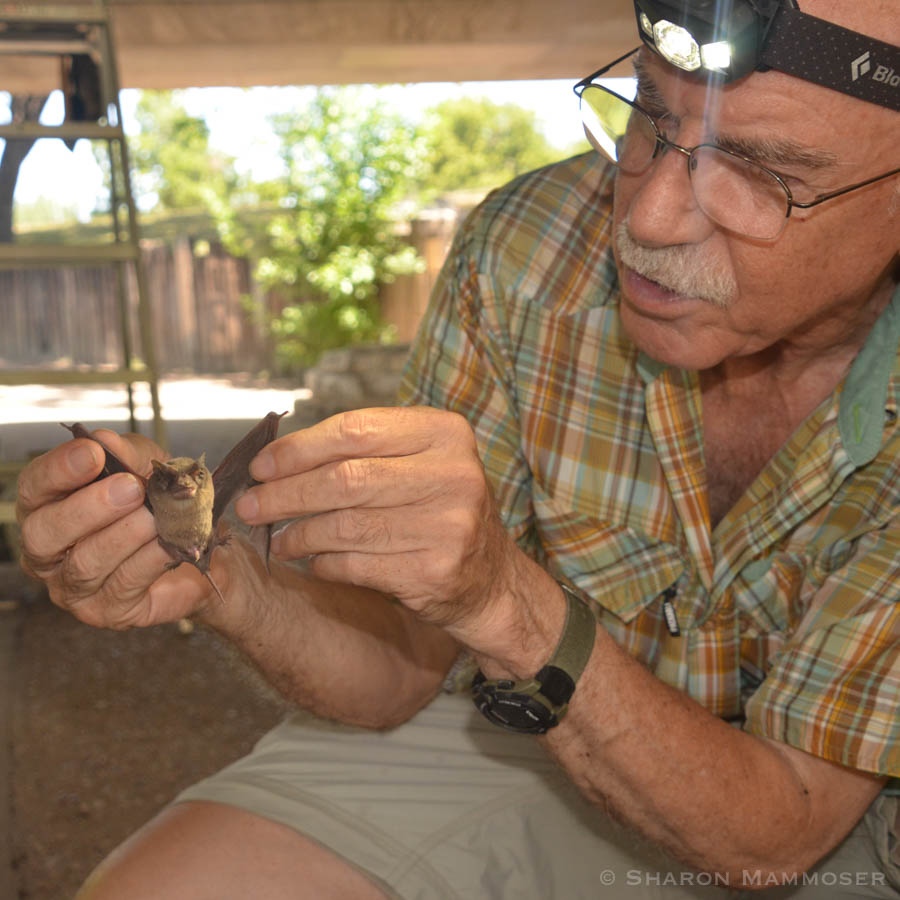
Bats are not dirty; they groom themselves regularly, just like cats. They don’t all have rabies; less than one half of one percent carry rabies. (The best way to avoid getting bitten by a bat is to simply leave them alone and not try to handle one, even if you find one sick or injured.)
They don’t get stuck in your hair; in fact their flying and sonar are so refined that they can detect an object thinner than a human hair, making the very idea of getting stuck in one’s hair ridiculous.
They are not flying mice; they are in fact, more closely related to humans than mice.
They are not blind. Bats have eyes and can see about as good as we can at night. Insect-eating bats use echolocation to navigate and find their prey.
They do not suck your blood as some movies would have you believe. There are 3 species of vampire bats and all of those live only in Latin America. They usually feed on chickens, pigs, and other farm animals.
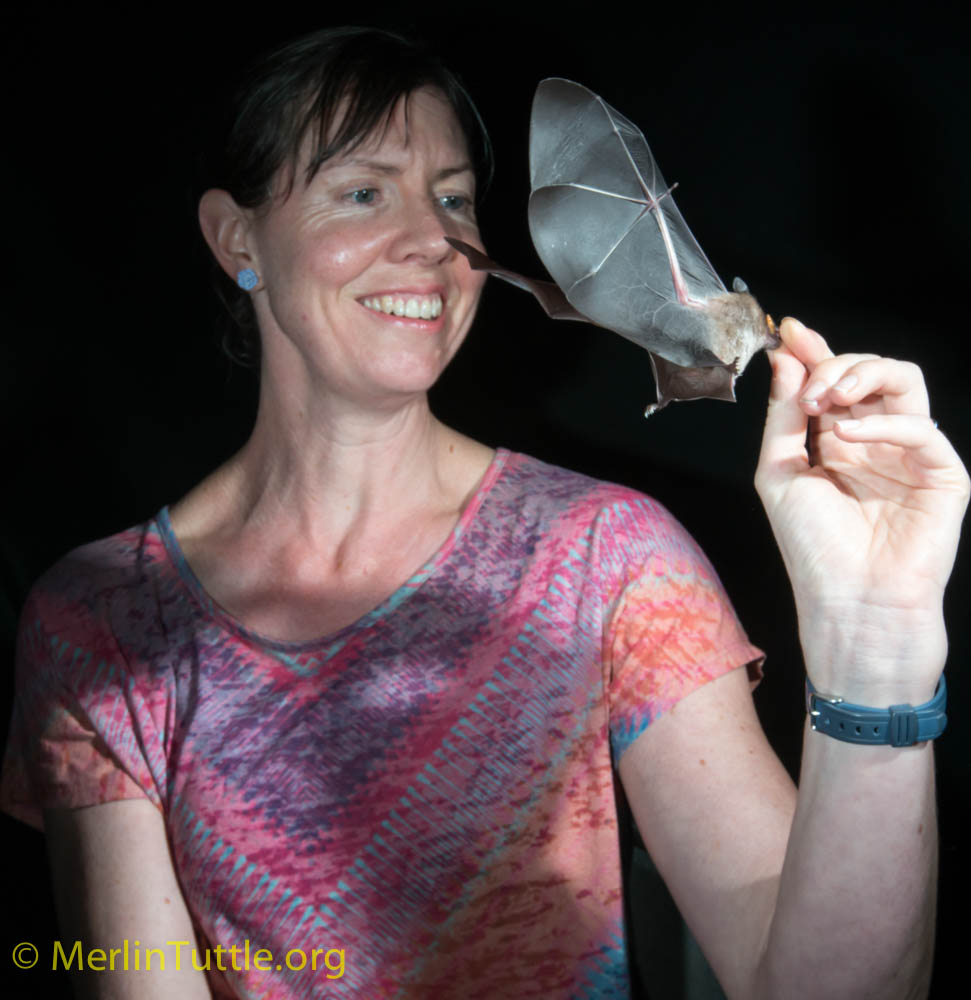
Never handle a sick or injured bat. To participate in this Citizen Science Program in Panama, taking the rabies vaccination was required.
And probably most important of all, bats are not the cause of coronavirus or other deadly diseases; no proof has ever been found and there are many, many articles citing facts to support this* Biologist Merlin Tuttle, who has been studying bats for over 60 years, and founder of Merlin Tuttle’s Bat Conservation says, “There is no documentation that Ebola, SARS, MERS, Hendra, or COVID-19 have ever been transmitted from bats to humans, though bats are often presented as the source of human infection.” Sheema Abdul Aziz, PhD in Ecology from the Muséum National d’Histoire Naturelle and Co-founder & President of Rimba, a non-profit group of conservation scientists conducting research on threatened species and ecosystems in Malaysia adds “To this day, bats have not been proven to be the cause of the outbreak. Yet the psychological link between bats and COVID-19 has already been created and solidified in many people’s minds.”
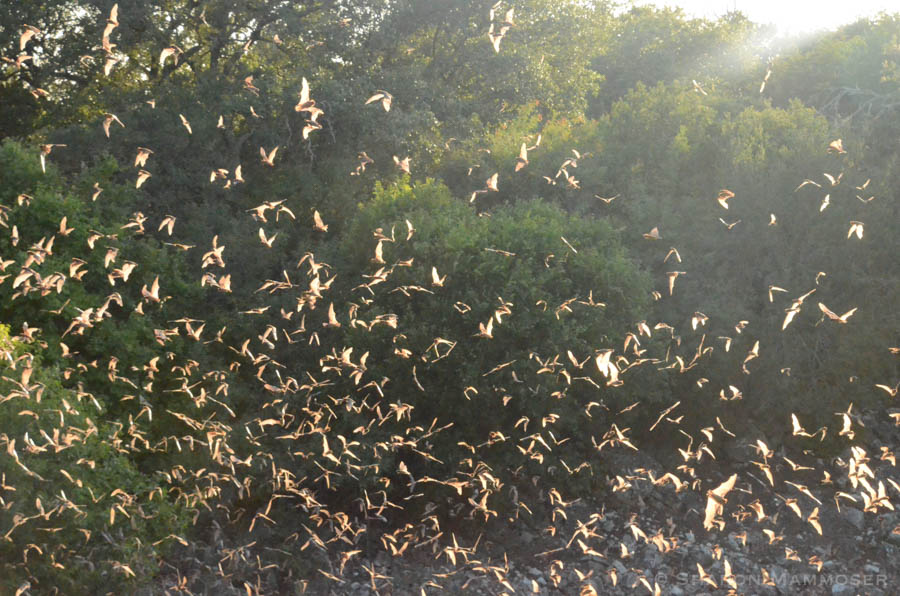
With all the myths and false information out there about bats, they need our help now more than ever. And we need their help too since they are essential in controlling insect populations, among other things. While humans sleep, bats are busy doing what they do. Dr. Merlin Tuttle says, “Approximately 70 percent of all tropical fruits eaten by humans rely on bats as primary pollinators or seed dispersers in the wild, ranging from bananas and mangoes to peaches, cashews and dates.” In equatorial regions, they are important seed dispersers. Insect-eating bats are essential to a healthy ecosystem. Merlin says, “A colony of big brown bats from just one bat house can consume enough cucumber beetles to prevent millions of eggs from being laid on gardens or crops in a single summer. Nationally, bats save US farmers nearly $23 billion annually. Worldwide, insectivorous bats protect a wide range of crops, including rice, corn, cotton, cocoa, coffee, and macadamia nuts.” And for those of us living in North Carolina, they save us from being eaten alive by nocturnal pests like the mosquito.

If you’ve been a blog subscriber very long, you know my great love for, and appreciation of bats goes way back, all the way to when I was a Naturalist working at a small nature center is Westchester County, NY. It was then that I learned of a biologist named Merlin Tuttle and began educating myself about bats and all their incredible adaptations. All these years later bats continue to fascinate me and I welcome them to my yard with open arms.
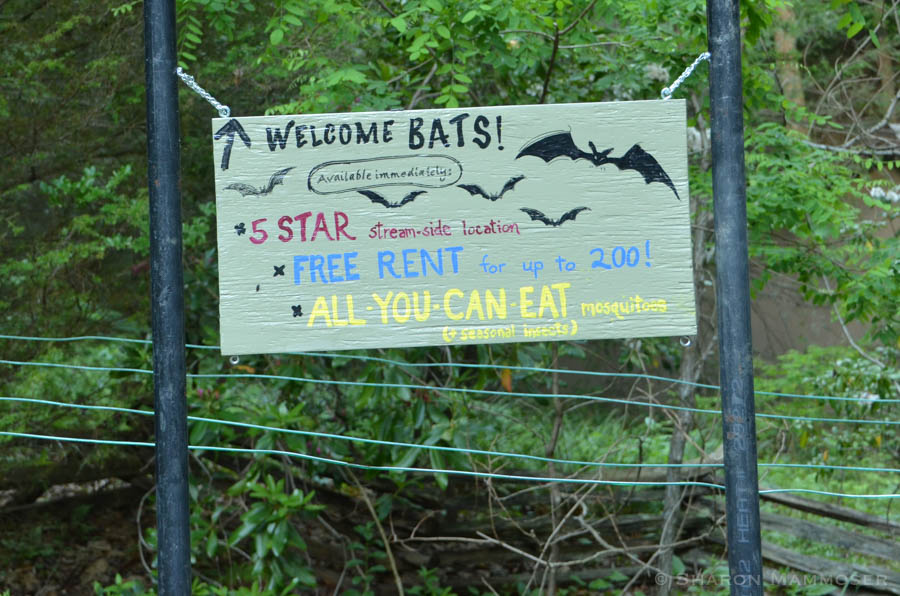
Here’s why you should too: Bats eat a lot of mosquitoes. Just one average-size brown bat that we have here in western NC can eat 1000 mosquito-sized insects, including mosquitoes! IN JUST ONE HOUR! Let me say that again,
One brown bat can eat 1000 insects in ONE HOUR!
Multiple that by 100, or 200 bats in one bat house and you can quickly see that bats make a very big difference in insect populations. They are one of the most important predators of insects, including mosquitoes.
If you’re not a fan of mosquitoes–and really, who is?– then you could add a bat box to your yard. You’ll be helping bats, AND helping yourself to more mosquito-free time outside.
Here’s all you need to know about adding a bat house to your yard:
- Make sure it’s a Merlin Tuttle Approved box, otherwise you’re just wasting your money because let’s face it, many bat houses on the market are not backed by science. Instead of choosing a cheap, untested version from your local store, check out these Merlin Tuttle approved houses:
Bat Conservation and Management
- Make sure you put it in the right place. Merlin’s new book, The Bat House Guide can help you with all the details.
- The box should be 12-20 feet above the ground, and away from areas of human activity.
- It should also be at least 30 feet from trees so predators like owls can’t sit and wait for bats to exit.
- If you are within a quarter of a mile from a stream or other water source, that’s ideal.
- The best place for us here in western NC where nighttime temperatures and daytime temperatures can vary more than 28 degrees, is on the side of a building. Heat from the building will help maintain a more even temperature in the bat box. Second best placement is on a pole, though Merlin admits bat boxes on poles where temperatures vary more than 28 degrees are rarely successful. The worst place you can put a bat house is on a tree. That’s because too many predators can just climb up the tree to prey on the bats, and the temperature is often too cool from the shade of the tree limbs.
- Be sure to add a predator guard so snakes can feast on your bats.
- Make sure there are no outdoor lights nearby. Bats don’t like flying through the lights and many are actually repelled by lights and will avoid that area altogether.
- Be sure to tell your kids, or other guests at your yard, to never pick up or try to handle a sick or injured bat.
Bats are amazing animals that play an essential role in our food web. I bet you agree with me that we must stop acting as if we are the only ones on this planet and start doing things for the benefit of our outdoor neighbors. Please help me spread the word!

